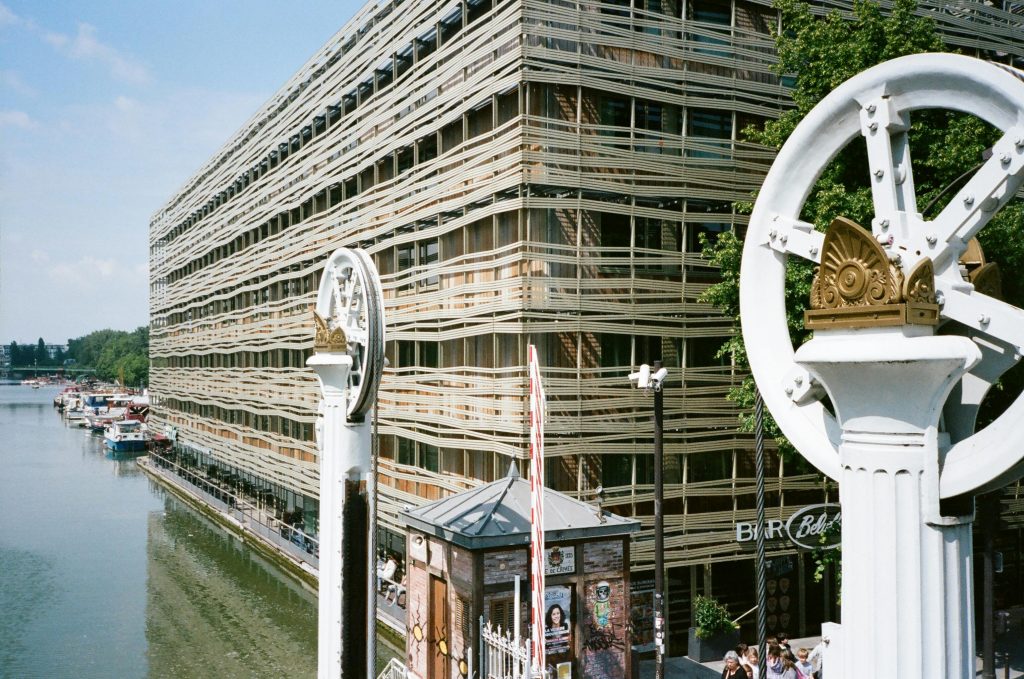Troubleshooting Prolonged Boot Times with VGA Light Indicator on Windows 11 System
If you’ve recently experienced unusually long boot times on your Windows 11 machine, accompanied by a persistent VGA light indicator on your motherboard, you’re not alone. Such issues can be perplexing, especially when they resolve themselves after an extended period. Here’s a comprehensive overview of the potential causes and recommended solutions to help you diagnose and resolve this boot delay.
Understanding the Issue
Many users with high-performance graphics cards, such as the RTX 3070, have reported similar symptoms:
- Extended boot times exceeding 15 minutes.
- VGA indicator light remaining on during startup, turning off once the system fully loads.
- Black screen during the initial boot phase.
- Difficulty shutting down, often requiring a forced power button press.
Common Symptoms and Observations
- The system displays a black screen for an extended duration before Windows loads.
- The motherboard’s VGA LED remains lit white during this delay.
- The usual login or desktop environment appears only after significant waiting.
- After successful boot, system performance remains normal.
- Shutting down via the standard method may not work, necessitating a force shutdown.
Potential Causes
Several factors could contribute to this behavior, including:
- Graphics Card Issues: Hardware malfunctions or connection problems.
- BIOS Settings: Incorrect or outdated BIOS configurations affecting initialization.
- Motherboard or PSU Problems: Power delivery issues impacting boot.
- Driver or Software Conflicts: Conflicting drivers or corrupt system files.
- Hardware Compatibility: Recent hardware changes affecting boot sequence.
Troubleshooting Steps
Here are some systematic steps to diagnose and potentially resolve the issue:
- Check Hardware Connections
- Ensure that your RTX 3070 GPU is properly seated in its PCIe slot.
-
Verify that all power connectors to the GPU and motherboard are secure.
-
Update BIOS
- Confirm you are running the latest BIOS version compatible with your motherboard.
-
Follow your motherboard manufacturer’s instructions to update the BIOS safely.
-
Reset BIOS Settings
- Reset BIOS to default settings to eliminate misconfigurations that could cause boot delays.
-
Clear CMOS if necessary, typically by removing and reinserting the motherboard battery or using a CMOS jumper.
-
Update Graphics Drivers
- Boot into safe mode if possible, or attempt to roll back or update your GPU drivers.
- Use official sources
Share this content:



